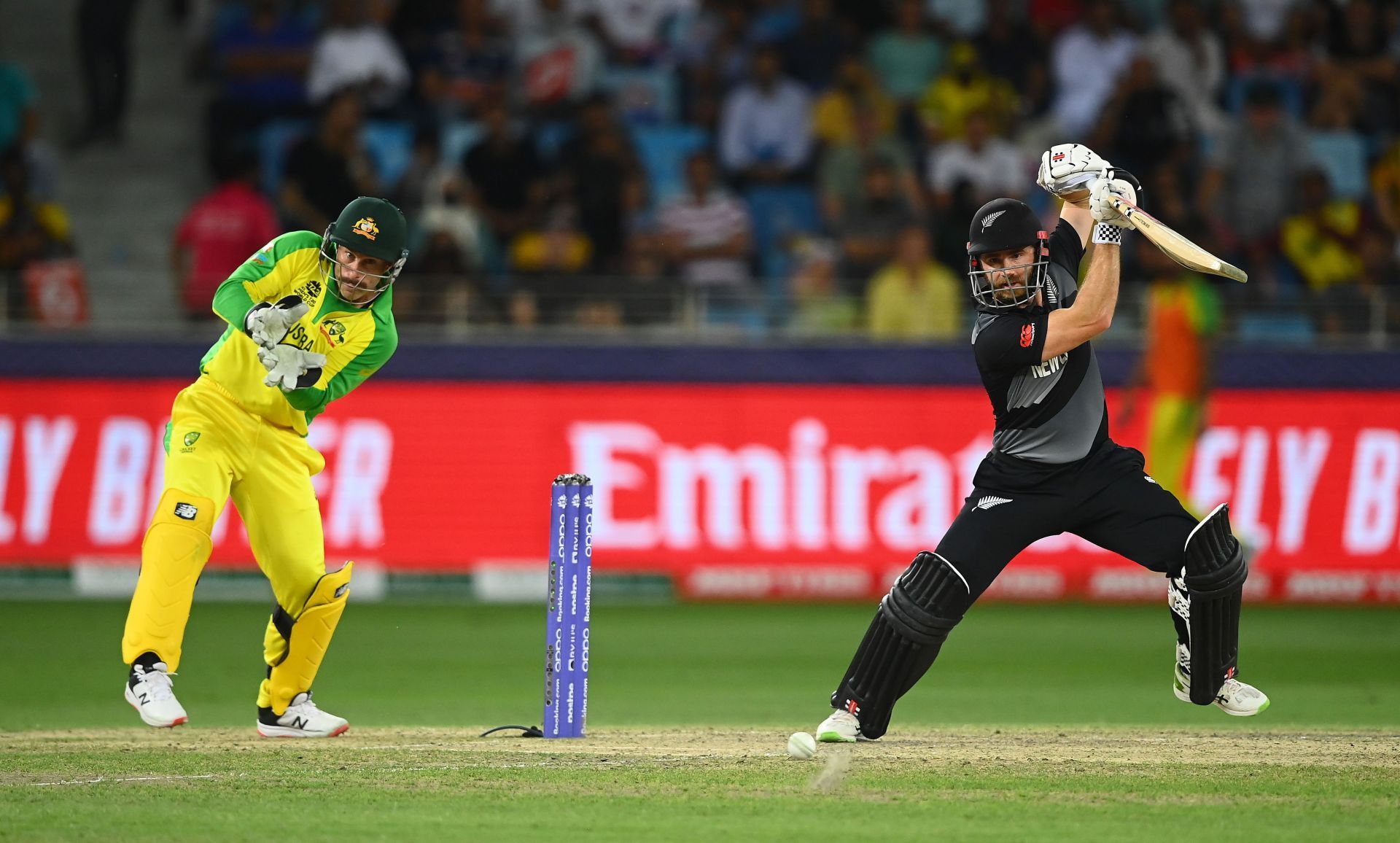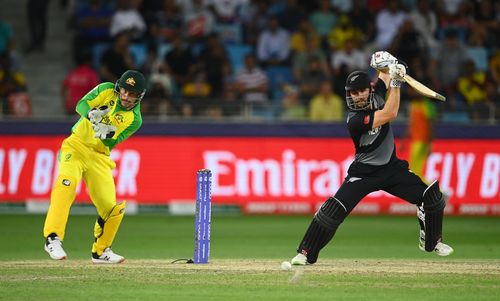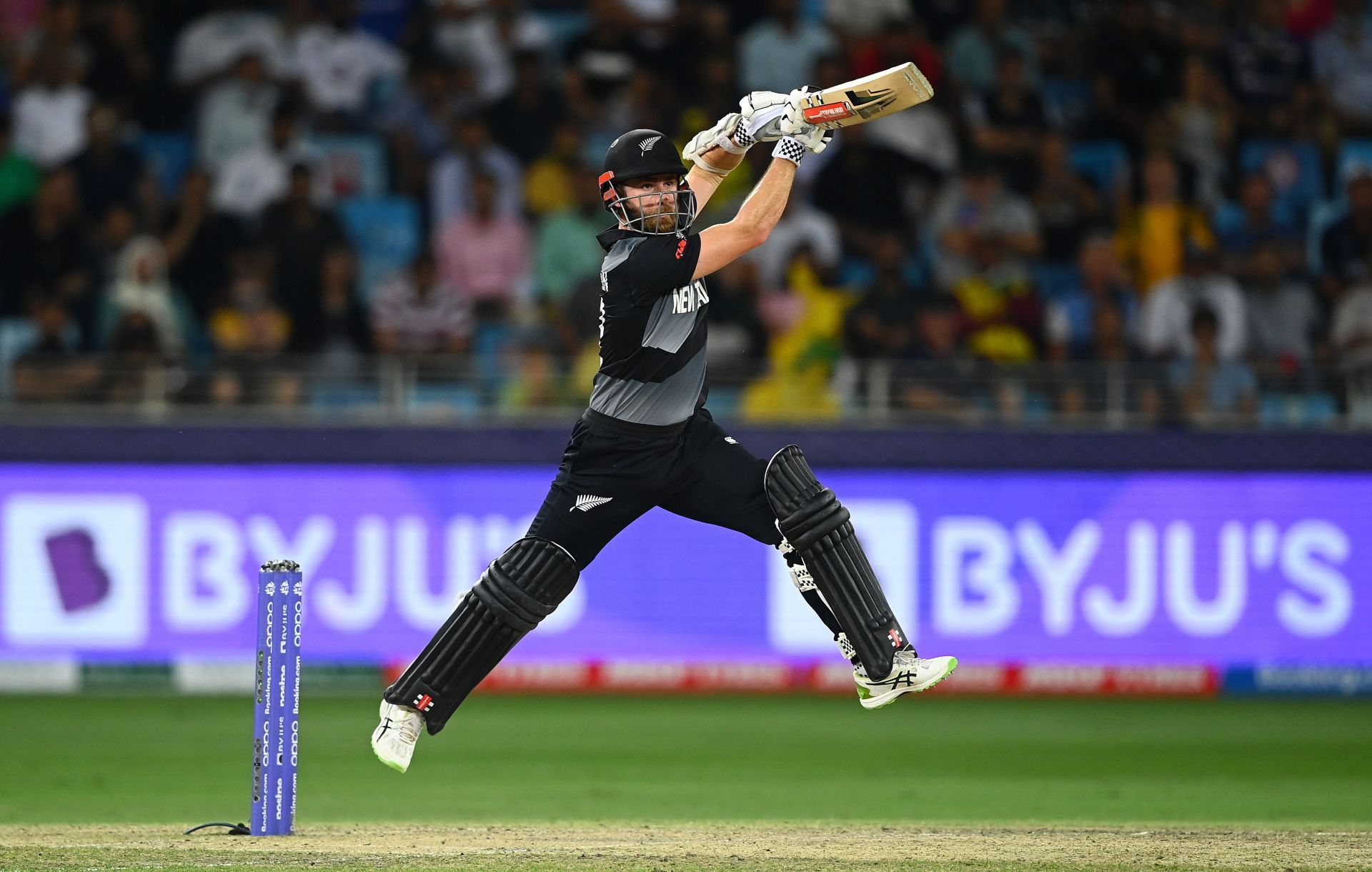
Kane Williamson - the best batter in the world bar none

Over the years, sport has cut across boundaries, broken down barriers and been the common clarion call people can rally behind. That, however, has meant that there have also been countless debates surrounding the greatness of some sportspeople. It has polarized opinions too and has made friends not talk to each other because, well, the other doesn’t share the same notion.
For example, the Cristiano Ronaldo-Lionel Messi has lasted more than an eternity. The Diego Maradona-Pele rivalry was something similar. The Andre Agassi-Pete Sampras discussion also raged into a lot of sporting nights, whereas the Novak Djokovic-Rafael Nadal-Roger Federer has been its contemporary.
From a cricketing perspective, the current landscape has usually involved conversations around who is the best batter in the world.
Is it Joe Root – an Englishman who has plundered runs for fun in 2021? Or, is it Steve Smith – the batter who boasts a Don Bradman-esque Test batting average in a non-Bradman era? Maybe it is Virat Kohli – the poster boy of Indian cricket, who has a massive following across the world and a fairly decent record to back it up too?
Till a few months ago, there was barely anything to separate the aforementioned players. Each had been producing the goods for their country and while each had encountered a slightly barren patch, there was still enough evidence that they would get back to their best.
Now, though, it seems that one particular batter has stolen a march on the aforementioned triumvirate. Not because of what he has been able to conjure across formats but also because of his tendency to step up when his team needs him the most.
No, this isn't referring to Babar Azam because he still has a lot to prove to be part of the highest echelon of batting. And, of course, many more games to win for Pakistan.
Ever since this Fab Four debate began, Kohli has been considered the gold standard. He has scored plenty of runs but the fact that he plays for India has also aided him considerably. Root, meanwhile, has stood out in a woeful Test batting line-up. Smith, on the other hand, has piled on so many runs that his uncanny batting style has been overlooked.
The most understated of the lot, though, has been a certain Kane Williamson – a batter who has gone about his job quietly, not uprooted many trees after accomplishing something and has been the fulcrum around which New Zealand’s recent success has revolved.
Prior to the T20 World Cup, there was chatter that Williamson was perhaps not at his best and that he wasn’t as influential batting at No.3 as he was if he were to open the innings.
There were several visuals of Williamson struggling against spin and of his strike rate not being as high as it should’ve been. To an extent, those accusations weren’t baseless, considering he was striking at around 94 before the T20 World Cup final against Australia.
Yet, like champions almost always do, he turned up for the big occasion and ensured that those murmurs disappeared in the vibrant Dubai landscape.
Kane Williamson conjured a masterclass at the T20 World Cup final
In the summit clash, Williamson scored 85 off 48, which incidentally is the joint-highest individual score mustered in a T20 World Cup final. What stood out, apart from the volume of runs, though, was how Williamson absorbed pressure and immediately transferred it to the opposition – something mere mortals aren’t capable of.
At the start, the Kiwi captain furiously rummaged for any sort of batting rhythm. He meandered along to 7 off 13 balls and was batting on 21 off 21 balls when he was dropped off Mitchell Starc’s bowling by Josh Hazlewood. The missed chance almost seemed to signal to Williamson that he needed to release the handbrake. And, when he did, wasn’t it something to behold!
In World Cup final history (both ODIs and T20Is), there have been instances where a batter has taken down or applied pressure on the opposition’s best bowlers.
Ricky Ponting did it in 2003 when he hunted down Harbhajan Singh, Javagal Srinath and Zaheer Khan. Adam Gilchrist pounced on an adept Sri Lankan bowling attack in 2007. MS Dhoni did it in 2011 against the Islanders’ spinners. Marlon Samuels tore into Lasith Malinga in 2012. And, of course, Carlos Brathwaite bludgeoned Ben Stokes into submission in 2016.
In a similar ilk, Williamson relentlessly attacked Starc. He scored 8 boundaries off him, which incidentally is the most any batter has fetched against a particular bowler in T20 World Cup history. So much so that Starc crossed the 50-run barrier in his opening three overs alone.

More importantly, Williamson unleashed this particular assault when the chips were down and when the Kiwi batters seemed to be overawed by the occasion.
Remember, this was also a game where Martin Guptill uncharacteristically huffed and puffed his way to a 35-ball 28 and a match where no batter scored at a strike rate of more than 160 (minimum 10 balls faced). Apart from Williamson, of course.
Williamson did so while playing textbook cricketing shots. Though there was the odd slog sandwiched in between, he largely relied on his excellent control, picking and choosing his moments to attack perfectly. In fact, Williamson was putting on such a clinic that plenty expected him to become the first batter to score a century in a T20 World Cup final.
This innings, though, wasn’t an aberration, in terms of Williamson’s tendency to turn up for the big occasion. Just a few months ago in the World Test Championship final, the right-handed batter found a method to withstand India’s bowling barrage.
He grafted his way to 49 in the first innings – the second highest score in the Kiwis’ essay and then followed it up with a match-winning fifty in the second innings. While New Zealand only needed 139 to secure victory, they could’ve stumbled, especially after Ravichandran Ashwin had sent Devon Conway and Tom Latham packing. Williamson didn’t allow that to happen though.
Thus, there is growing evidence that Williamson is becoming one of the best clutch players at the moment. More tellingly, it seems that he has developed a habit of remaining unfazed, even when adversity is at its peak. And, has somehow been a constant in a sport that is heavily adorned with variables.
Usually, when talking about the best in the world, there are numerous factors to look at. Williamson, however, seems to be trumping his competitors in almost every facet.
If Kohli doesn’t waft at deliveries outside off stump and can overcome his new-found woes against spin, he is the best batter in the world. If Root doesn’t find a way to get dismissed after gaining a good start, he is the best batter in the world. If Smith can avoid getting caught up in his inimitable idiosyncrasies, he is the best batter in the world.
With Williamson, though, there aren’t many “ifs” and that is perhaps the most decisive tilting scale in this particular debate. The only “if” is around his availability and that tells a story in itself.
Kohli, Root and Smith are exceptional batters, make no mistake about it. It’s just that Williamson seems a sliver ahead of the trio, especially when it comes to contributing under severe pressure and across formats.
To place things into further context, Kohli's strike rate has come under fire in T20I cricket. Smith's role in the Australian set-up, despite their T20 World Cup triumph, remains undecided, whereas Root hasn't played T20Is for quite a while now.
Again, there is no shame in admitting that Williamson seems to be trumping the others in the batting stakes because, well, batters like him don’t come around too often. In fact, it would be a surprise if anyone with a similar skill-set and poise ever graced the sport.
Hence, it seems that Kane Williamson is the best batter in the world bar none. And, if anyone were to indulge in countless hours of debate, the T20 World Cup final montage might be a good place to start off!
Also Read: Mitchell Marsh shows Australia's wait may still be worth it